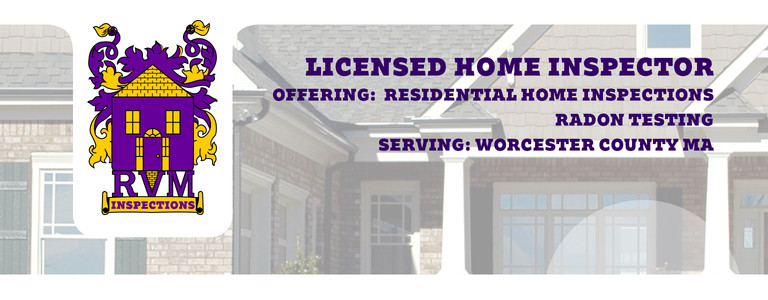 Buying a home is a big deal. There are so many things to consider, from what kind of neighborhood you want to live into the number of rooms you’ll need and the amenities that will make you feel right at home.
Buying a home is a big deal. There are so many things to consider, from what kind of neighborhood you want to live into the number of rooms you’ll need and the amenities that will make you feel right at home.
But what about the actual house? What questions should you ask your realtor before buying a home? What red flags to look out for when inspecting the property? How can you know if a potential purchase is going to be trouble down the road?
Although an exciting time, you can’t wait to get moved in and want everything to go perfectly. The truth is, though, buying a home isn’t always easy—especially when you’re starting out. Sometimes, the things that seem like they’ll be problems later on actually turn out to be blessings in disguise.
But if you’re not careful, buying a home can also turn into a nightmare. So we know how important it is to have all the information you need before making any big decisions about your future home. That’s why we’ve put together this guide on how to spot potential problems with your new house so that you can make sure it’s safe and sound before signing on the dotted line.
In this blog post, we’ll talk about some of the most common problems with homes, how to spot them during an inspection, and what questions to ask yourself when shopping for a new home (or upgrading).
First of all, check for damage! Some damage may be obvious. However, there are other signs of potential problems you could miss if you don’t know what to look for. Here are just a few forms of damage to beware of and warning signs to watch out for:
Water Marks and Mold: If walls are discolored or soggy, those are obvious warning signs of water damage. But another less-obvious warning sign could be a coat of fresh paint. The seller may just have freshened up the house for the sale, but if you see only one wall or section of the wall that has been painted or newly-painted walls combined with a strange smell or sagging walls or ceilings, that could be an indicator of mold or mildew. Again, it would be best if you had an inspector search those areas carefully.
Foundation Damage: Inadequate water draining systems can cause foundation failure. Cracks wider than one-third inch or bulges are indications that the foundation is damaged.
Faulty Electrical: Chances are, you’re not an electrician, but you can do a few things to test the electrical systems in your home. First, look for signs of damage:
- Cracks in walls or ceilings.
- Bulges in walls and ceilings.
- Wires that seem to be hanging loose.
These are all indicators that something might be wrong with the electrical system. Next, check light switches to see if lights flicker when you turn them on or off. If so, it may be time for an update! Finally, check outlets for functionality by plugging in an appliance and seeing if it works. If not, this could indicate that the wiring needs some work.
The best thing to consider when purchasing a home is enlisting the help of a trusted home inspector who is experienced and well-versed in what your reports mean for your bottom line. Underlying issues that are not obvious at a glance could save you thousands when negotiating your purchase price.








